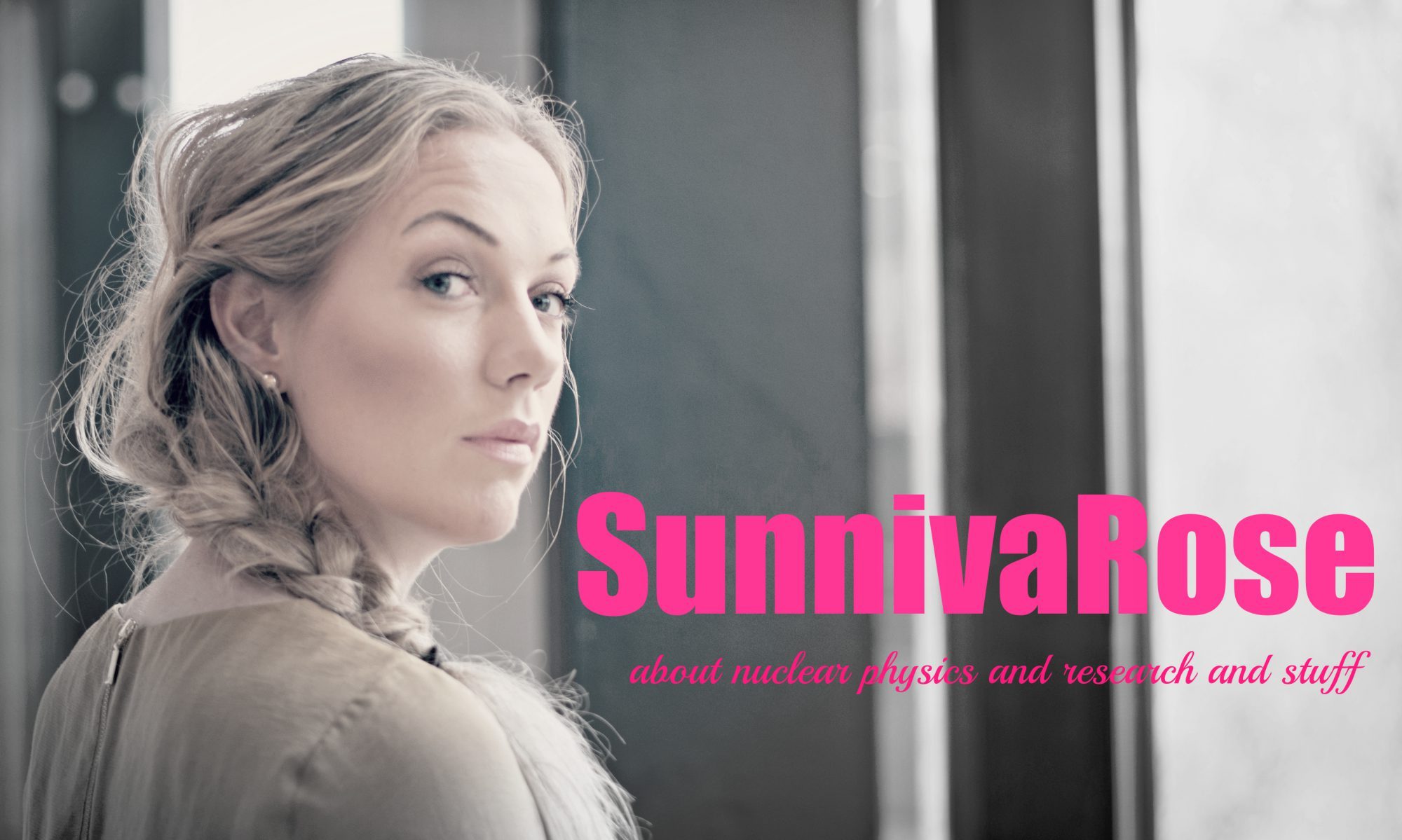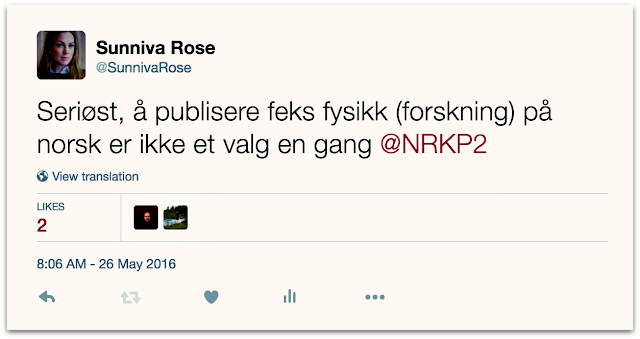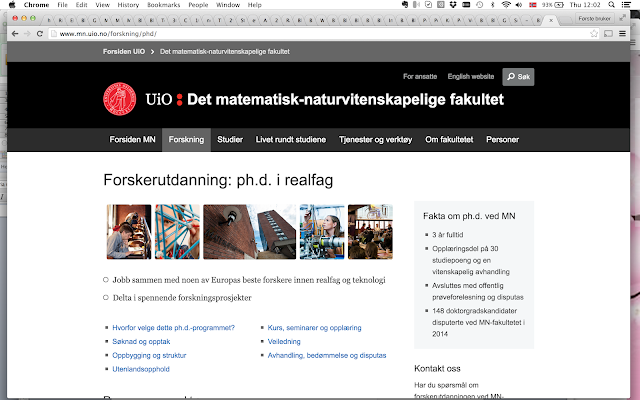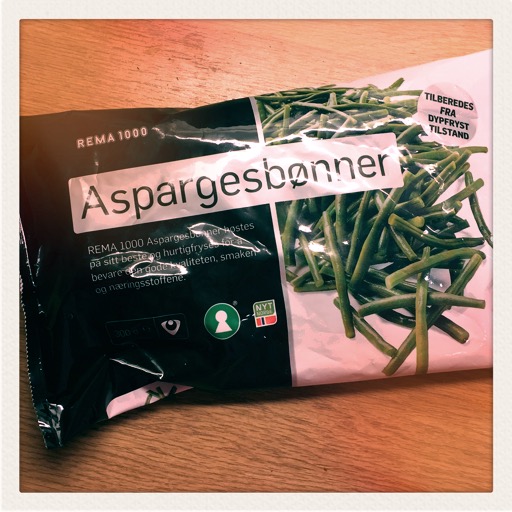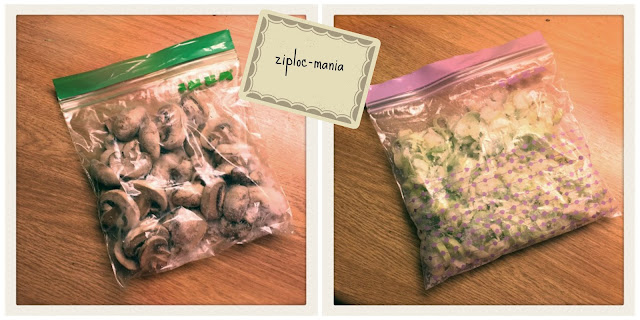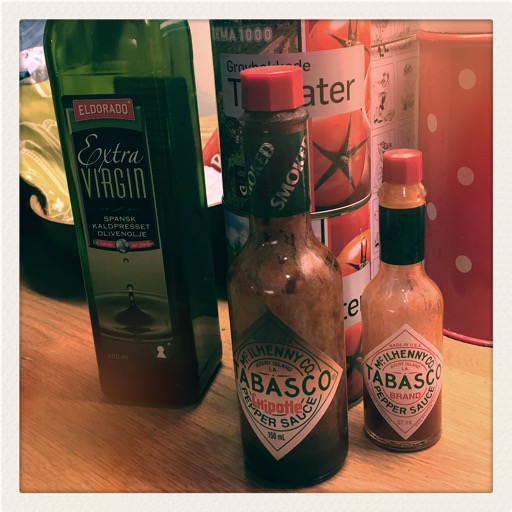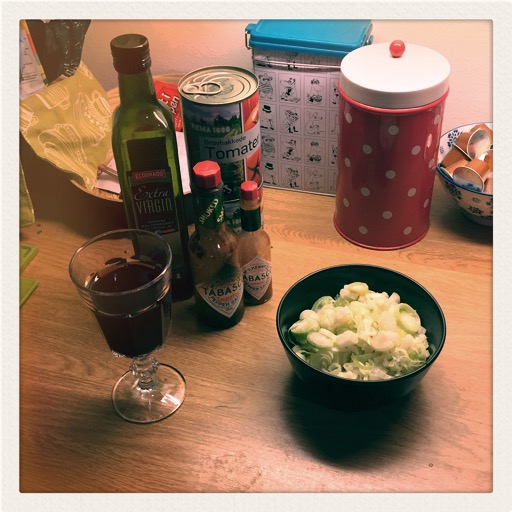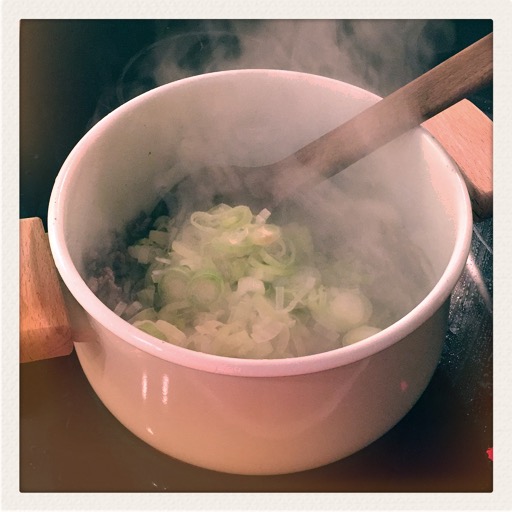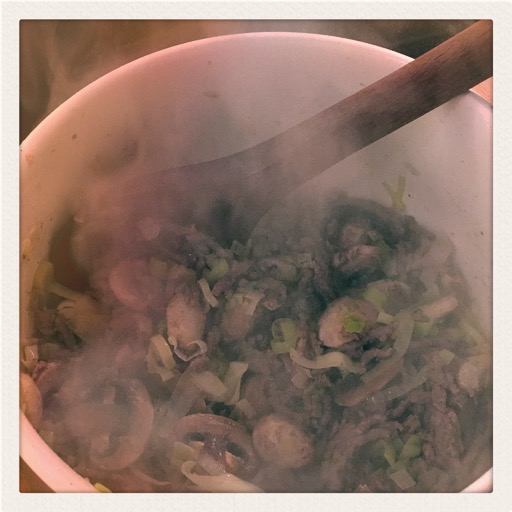Kategori: phd
Forskningen er internasjonal! (rant)
Study of the 238U(d,p) surrogate reaction via the simultaneous measurement ofgamma-decay and fission probabilities (5 norske forfattere - vi kunne ikke ha vært med på denne hvis den ble skrevet på hovedforfatteren sitt morsmål, men heldigvis publiserer de på engelsk også i Frankrike)
Experimental level densities of atomic nuclei (16 forfattere som ikke forstår norsk - som ikke kunne ha bidratt til det endelige resultatet). Denne er jo til og med nesten populær i sin fremstilling. Abstractet lyder:
It is almost 80 years since Hans Bethe described the level density as a non-interacting gas of protons and neutrons. In all these years, experimental data were interpreted within this picture of a fermionic gas. However, the renewed interest of measuring level density using various techniques calls for a revision of this description. In particular, the wealth of nuclear level densities measured with the Oslo method favors the constant-temperature level density over the Fermi-gas picture. From the basis of experimental data, we demonstrate that nuclei exhibit a constant-temperature level density behavior for all mass regions and at least up to the neutron threshold.
La meg være litt grei, og gjøre en rask oversettelse av dette abstractet:
Det er nesten 80 år siden Hans Bethe beskrev nivåtettheten som en ikke-vekselvirkende gass av protoner og nøytroner. Siden da har alle eksperimentelle data blitt tolket i dette bildet av en fermion-gass. Dog har den fornyede interessen for å måle nivåtettheten ved å bruke forskjellige teknikker gjort at denne beskrivelsen må revurderes. Spesielt så favoriserer det vellet av nivåtettheter målt med Oslometoden konstant temperatur-nivåtettheten fremfor fermigass-bildet. Med bakgrunn i eksperimentelle data de
monstrerer vi her at kjerner viser en konstant temperatur-nivåtetthetsoppførsel i alle masseregioner, og i alle fall opp til nøytron-bindingsenergien.
Thursday blues
- bad conscience (I spend too little time on my degree, and too much time procrastinating)
- procrastinating
- writing for an hour as I feel bad (my conscience bugging me since I procrastinated when I got to the University, instead of writing)
- searching the University's web pages for a template for my thesis - turns out it doesn't seem to exist (help?!), but I found myself as poster-girl on the frontpage of the phd education. Lol.
- going to the MNKOM lunch talk, to listen to all the science communication students (as I was also making some notes from an article #multitasking)
- finding a template for master's thesises - works for now
- starting cleaning up and putting stuff I've written before into the template - looking kind of good
- writing a short introduction to my articles (that the thesis will be based on)
- thinking I know which order to put things in my thesis (which is supposed to sew the different articles together)...I've changed my mind several times, tough, so who knows what I'll end up with
Preparing for PhD Day!
what is my story?
why are my results interesting?
what are the important things that we did?
Read EVERYTHING about PhD day HERE
Abstract accepted! (#phdlife)
The week after Easter, just before we went on vacation, I got a very nice email. It read as follows:
Subject: ND 2016 - Decision on your abstractDear Mrs. Rose,The organizers are pleased to note that your abstract ND/793 was accepted as a regular contribution to the conference. The slot allocated to your contribution is 20 minutes: 15 minutes for your presentation and 5 minutes for questions.To confirm your attendance please complete at your earliest possible convenience your full registration for the conference at www.nd2016.eu (General Information, drop-down menu: Registration). You will be entitled to submit a regular paper for the proceedings.Yours sincerely,Arjan Plompen,On behalf of the Organizing Committee
Prompt fission gamma ray emission from the (d,p)-induced fission of 233U
Prompt fission gamma-ray spectra have been measured in an experiment at the Oslo Cyclotron Laboratory (OCL), using a 12.5 MeV deuteron beam on a 233U target.Charged particles were recorded with the SiRi particle telescope, in coincidence with γ-radiation in the CACTUS γ-detector system, and fission fragments were recorded with the NIFF PPAC-detectors . CACTUS consists of 28 5”5” NaI(Tl) crystals, mounted on a spherical frame; with a total efficiency of 15%.
The (d,pf) reaction has been used as a “surrogate” reaction for the (n, f) reaction, and characteristics such as the prompt fission gamma ray spectra, and the γ multiplicity have been studied. Both characteristics have been extracted as functions of excitation energy, in the energy range 5-10 MeV, in the fissioning nucleus. The results are compared to a similar experiment from the OCL on the 239Pu isotope.
The setup enables us to study the nuclear level density and the gamma ray strength function, and these properties have also been extracted for the 234U isotope, from the same experiment. These results will also be presented.
Science doesn't know everything…
Goals
- Finish my article draft and send it off to Supervisor Jon; so that we can discuss it when I come back again (and hopefully also he won't think I'm stupid and lazy)
- Finish the curve fitting of my analysis: these results are important in the article I'm starting to finish, and they will be used for further analysis - see goal 3.
- Use the curve fitting results from goal 2. to calculate** stuff (this will go into another article <3)
- Refresh my memory of the fission gamma ray part of the uranium experiment, and reply to an e-mail about this. (If I'm really good, I'll also make some drafts of some figures from this analysis, that will go into a third article 😀 )
Similarities between pregnancy and working on your phd
Then suddenly: point of no return, and only the really hard and horrible part left! *panic panic panic*
You realise that you actually have to give birth, and it's scary, and you don't want to, and you don't think you can... And it's no fun anymore. Definitely too late to go back!
Or when there's not much time left (December is the very last month I'll receive any salary from the University, so it would be sort of nice to be finished at leas by then) before you have to hand in your PhD thesis. And to do that you actually have to write these things that have to be published in real scientific papers (Wikipedia can't help you now), and if you manage that you have to defend everything - in front of an audience, and they will ask about everything, and maybe even be mean :/ And it's no fun anymore. And you can't go back after so many years "publicly" working on a PhD!
I guess it's only the hard part left.
I did manage the last, hard part of being pregnant, though, and it all went really well - also the time after <3
But I do feel like it will be extremely nice when this is all over, and I can look back and say I did it! (Hopefully...#fingerscrossed)
Never give up
This a typical research story (at least in my world) - and, oh, how I hate it!
Working your ass off dinner – "Mexican" style
Before I share the recipe with you, let me just refresh the rules for a real #workingyourassoff-recipe:
The recipe for working your ass off simple chili con carne:
You need:
- green beens (frozen ones - I love these, and use them in all my #wokringyourassoff-dishes)
- leek (prechopped, from the freezer)
- mushroom - I use champingnon (prechopped, from the freezer)
- meat - this time I happened to have fresh, minced meat, but it's of course possible to use frozen
- Tabasco sauce - the one with chipotle is just perfection <3 (I also have a lot of different chili sauces, like normal Tabasco, habanero Tabasco, plus some others; and I use a little bit of everything to get the perfect taste, but I can really recommend the chipotle!)
- extra virgin olive oil
- chopped, canned tomatoes
- cinnamon
- butter
- salt and pepper
- (if you happen to have some old wine, it's perfect to put it in the pot)
Do:
is time I used two cans, since I wanted everything to be more "soupy" and less dry. Add a little cinnamon - maybe just half a teaspoon. Add the Tabasco, and/or other chili sauces. I like it spicy, so I use quite a lot - the secret is just to taste, add more, taste, add more, or not, until it's perfect for your taste 🙂 Let everything boil for a while.
